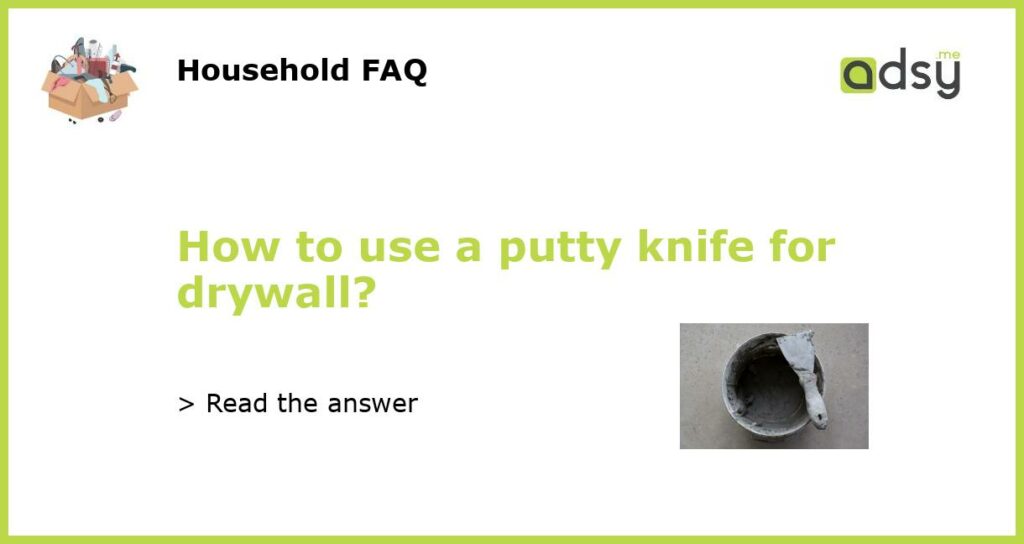What is a putty knife?
A putty knife, also known as a scraper, is a tool that is commonly used in drywall installation and repair. It has a wide, flat blade that is usually made of steel or stainless steel. The blade’s edge is sharp, allowing it to be used for various tasks such as scraping, spreading, and smoothing putty or joint compound.
Preparing the surface
Before using a putty knife on drywall, it is essential to prepare the surface properly. Start by removing any loose or damaged drywall material. You can do this by gently scraping the area with the putty knife to clean and smooth the surface. It is crucial to get rid of any debris, dust, or loose particles, as they can affect the overall finish of the repair.
Using a putty knife for filling holes and cracks
To fill small holes or cracks in drywall, you can use a putty knife to apply joint compound or spackling paste. Start by scooping a small amount of the compound onto the putty knife. Then, press the blade of the knife against the hole or crack, and apply firm pressure to force the compound into the damaged area. Use the knife to smooth the surface, removing any excess compound in the process. Allow the compound to dry completely before sanding and painting.
Smoothing and feathering joint compound
When applying joint compound to larger areas, such as seams between drywall panels or patches, a putty knife is also useful. Start by applying a thin layer of joint compound to the seam or patch using a larger putty knife or taping knife. Then, use a smaller putty knife to smooth and feather the edges of the compound, blending it into the surrounding surface. This technique helps to create a seamless finish and reduce the appearance of the repaired area.
Cleaning and maintaining a putty knife
After using a putty knife for drywall repairs, it is essential to clean and maintain the tool for future use. Start by wiping off any excess compound or residue with a clean cloth or paper towel. Next, use warm, soapy water to wash the blade, being careful to remove any dried or hardened compound. Dry the knife thoroughly to prevent rusting. If the blade becomes dull or damaged, it may need to be sharpened or replaced to ensure optimal performance.






